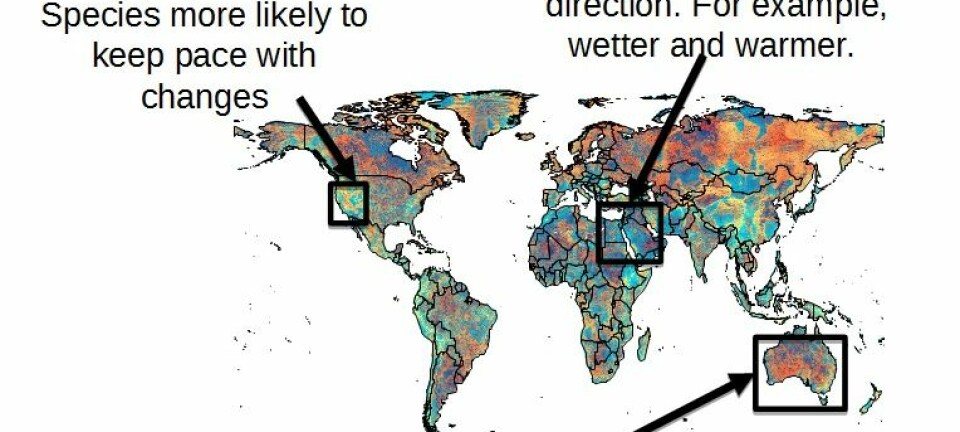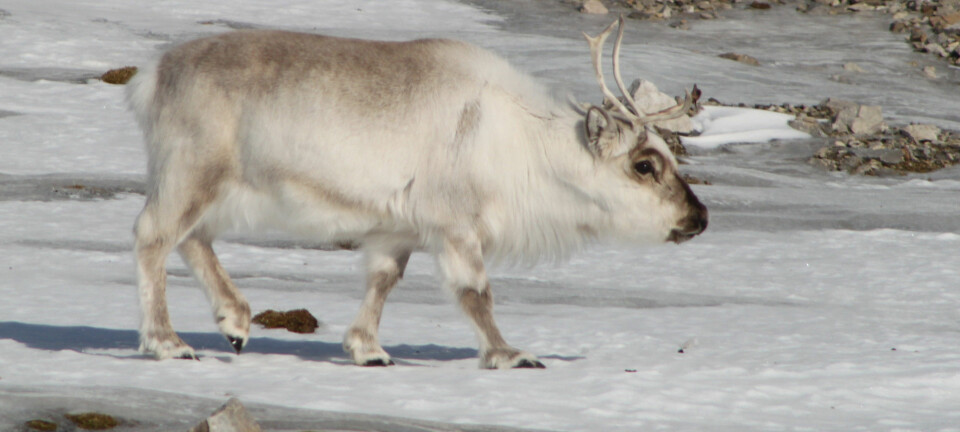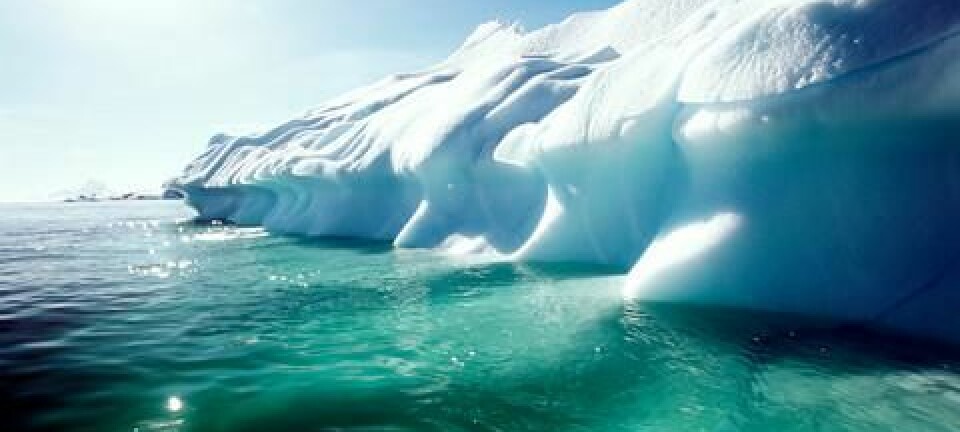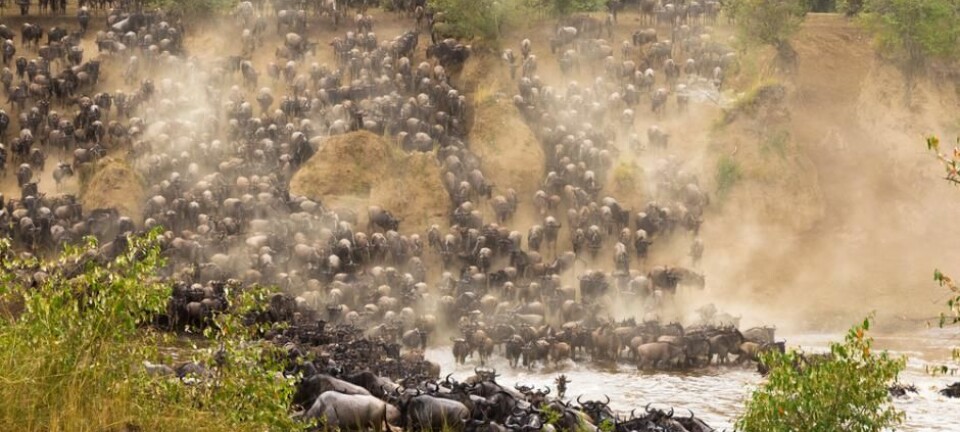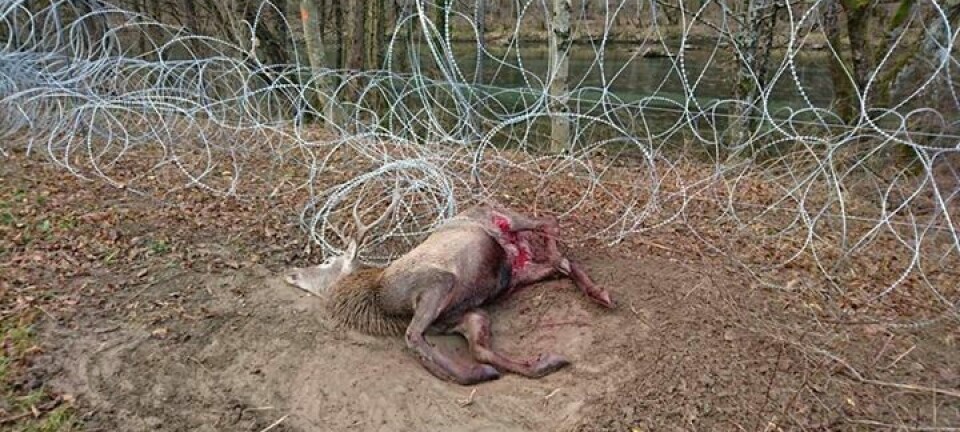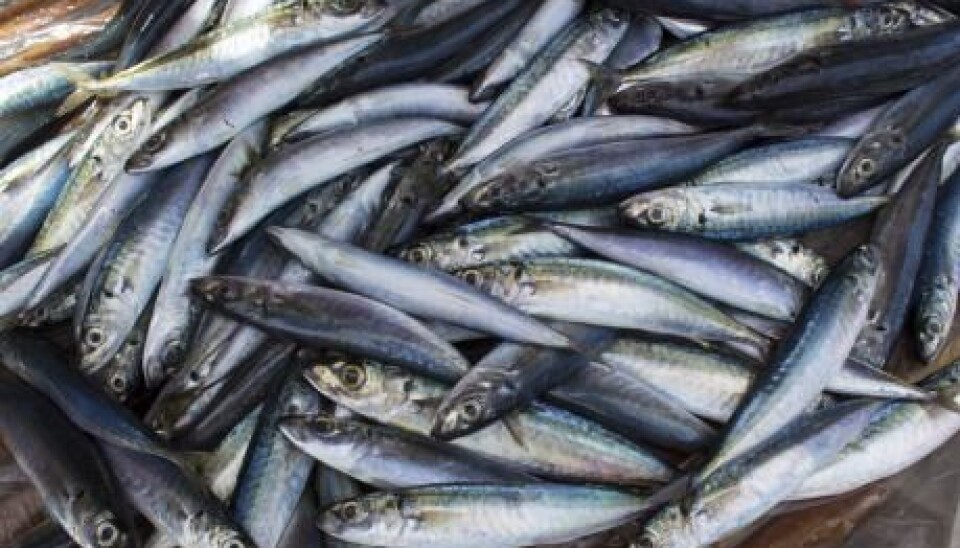
New study reveals how climate change will overturn nature
A new review shows just how climate change is expected to change the distribution of all animals on planet Earth, and impact on our own livelihoods. It is an all encompassing and thorough review, say scientists.
A new review provides the first status report for how much climate change will impact the diversity of animal and plant life on Earth, and how it will affect us humans now and in the future.
Changes are already under way on land and in the ocean, and these changes will alter the basis of life on Earth as we know it.
Scientists behind the study say that fishermen, farmers, conservationists, and politicians need to prepare themselves for the changes that man-made climate change has in store. And it is a not a question of whether or not we need to adapt—we simply have to.
“The message in our article is that it’s far worse for the world’s ecosystems than we imagined. For the first time we see how extensive and profound the effects of climate change will be. Our survival is dependant on all life on the planet and when climate change impacts that life, we need to adapt,” says co-author dr. scient. (higher doctoral degree) Finn Danielsen, head of the Nordic Agency for Development and Ecology (NORDECO).

“Large proportions of the Earth’s animals and plant resources are already being redistributed and moving to new regions, and our study shows that this will impact humans much more than we had imagined,” he says.
The new study is published in the scientific journal Science.
Evidence-based Doomsday prophecy
Finn Borchsenius, an associate dean of science and technology at Aarhus University, Denmark, studies how climate change influences the diversity of trees and plants on Earth. He describes the new study as evidence-based Doomsday prophecy.
Although the study does not present any new research, he is nonetheless shocked by how comprehensive the changes are to the world’s ecosystems, when they are presented together in this way.
“It’s overwhelming to see how climate change influences all corners of the Earth’s biological systems. It’s thought provoking to see it all collated in the way that the scientists have done here,” says Borchsenius, who was not involved in the new study.
He hopes that the study will help to influence the political process to prepare us for the future.
Read More: Earth set for large-scale wildlife reshuffle
A call to action for politicians around the world
Signe Normand, from the Department of Bioscience at Aarhus University, Denmark, agrees with Borchsenius’s assessment.
“It’s a call to the world’s politicians and conservationists that the redistribution of species is a shared challenge that should be addressed by managing the dynamic nature and across national borders. The article sends a clear signal that the current redistribution of the world’s animal and plant life cannot be neglected. It has a significant effect on how the world will develop, especially on the interplay between our health and the world’s ecosystems,” says Normand.
Read More: Only half of the land needed to secure wildlife biodiversity is protected: study
A large review of many published studies
The new study is the first attempt to collate the results from a range of studies that assess how flora and fauna are already responding to climate change, and what impact this has on human societies.
It covers organisms from fish to insects, both of which have species moving to new areas.
“Despite agreements to curb CO2 emissions, the climate will continue to change for at least the next several hundred years and lead to changes in the distribution of the Earth’s flora and fauna,” says Danielsen.
“Animals and plants move to new areas if they can, and this leads to new food chains, interactions between species, species loss, changes in pollination processes, and so on. This will effect us in many different contexts, where we use nature as a resource, for example in fishing or farming,” he says.
Read More: Fences are disrupting African wildlife on an unprecedented scale
Fish are moving north
The study points to many changes that are already under way. For example, fish are already moving north, following warmer waters, at an average rate of 72 kilometres per decade.
This has already had consequences for fishermen in Iceland who caught 1,700 tons of mackerel in 2006. This rose to 120,000 tons in 2010, which led to a “mackerel war” between Iceland and other countries whose mackerel fisheries operate under a strict quota, unlike in Iceland.
“Fish will somtimes move to unregulated fishing zones. We need to adapt for both the fisheries and regulatory side. This is grounds for ownership conflict when countries or regions that traditionally lived of fisheries suddenly see that the fish have moved elsewhere, where they perhaps don’t have permission to fish. This could mean the collapse of small communities that are unable to adapt or receive some kind of support,” says Danielsen.
There are also new opportunities for some, such as new commercial cod fisheries along the northernmost part of Greenland’s west coast.
“It’s not only a conservation perspective, but also a development perspective. There’s going to be some opportunities for people who can deal with the changes and manage their resources,” he says.
Read More: Brown bears vie with wolves for food
Land animals also on the move
Land animals are also on the move. Populations are shifting away from the equator at a slower rate of 17 kilometres per decade, leading to some species and new predators moving into areas where they have not lived before.
Among the species migrating are insects, which can have a big impact on farming and crop yields.
The clash will have consequences that scientists have not yet begun to grasp.
“The international community has adopted the UN’s Sustainable Development Goals, but they don’t account for species moving around to survive in the climate envelope to which they are adapted. We must recognise that the network of interactions between species is too complex for us to understand and predict what will happen. We must be prepared for the world we live in to change,” says Danielsen.
Read More: Global genetic diversity mapped by new study
Malaria carrying insects moving polewards
The review also concludes that malaria will spread polewards, and that the malaria season in existing malaria regions will lengthen. Malaria already kills many millions of people and this is set to rise.
“The impact of climate change on animal and plant life will also hit our health. This is another example that we need to be ready to adapt and adjust to the changes” says Danielsen.
The new study has 30 examples of how our changing climate will influence nature and people either directly, or indirectly, and this is just a snap shot of the change under way.
Read More: Grizzly-polar bear hybrids spotted in Canadian Arctic
We need to act
The need to act is set in stone, says Danielsen.
“We need to respond to the changes under way in nature. Our way of life is not adapted to the world that is waiting just around the corner,” he says.
The world does not stand still and animals and plants are already on the move, following their ideal climatic conditions. We too need to be more flexible, says Danielsen.
“We need to find out how to organise ourselves internationally, so we can deal with the huge challenges that the future has in store,” he says.
“It’s clear that some will draw the short straw and lose the important resources on which their livelihoods depend. We need to find solutions, otherwise the world will see many more conflicts over resources,” says Danielsen.
------------------
Read the full version of this story in Danish on Videnskab.dk
Translated by: Catherine Jex
